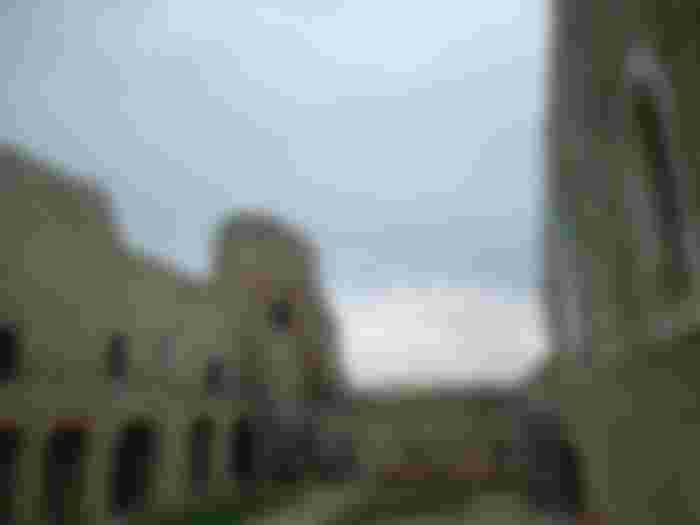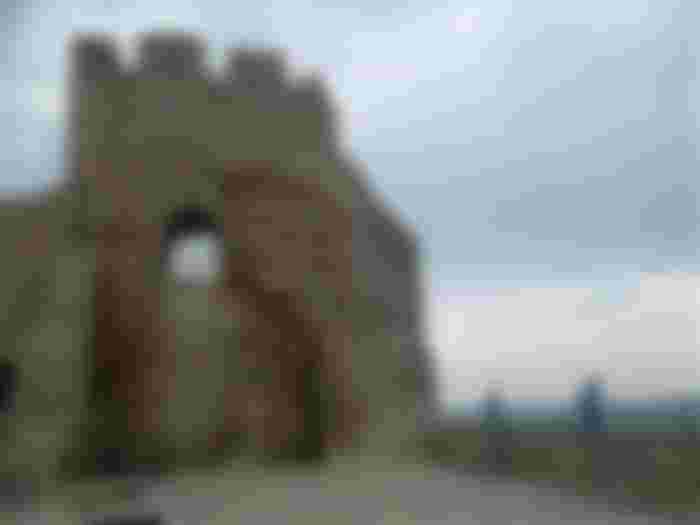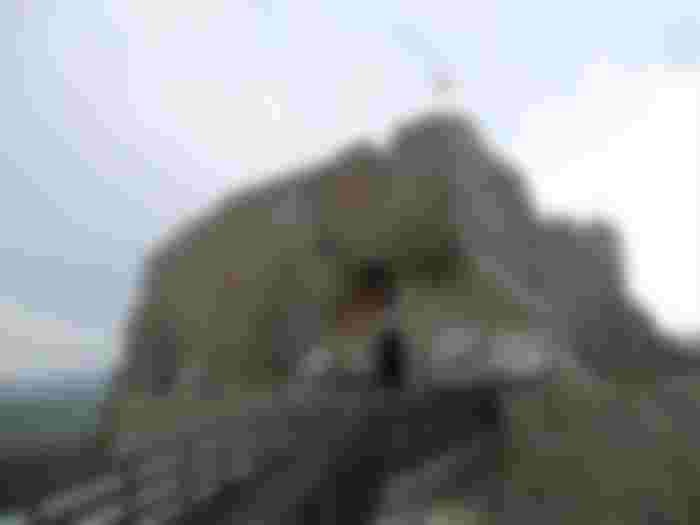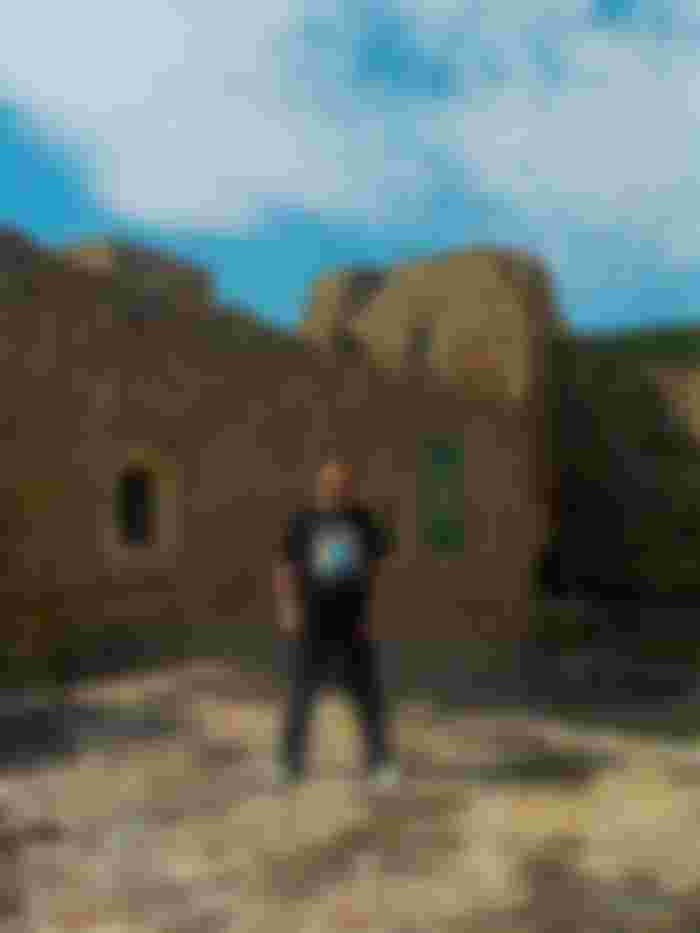
If you travel to the beautiful Romanian province of Moldavia, one of the great objectives you must not miss is represented by the mighty Neamț Citadel. The
stunning medieval fortress lies on a hill near the town of Targu Neamț in the Neamț county and it’s by far the main tourist attraction in the area.
The citadel has had a long and troubled history. It was erected during the reign of Petru I Musat (1375- 1391) and its first mention in a document dates from 1395, in an act issued by Hungarian king Sigismund of Luxembourg, one of the foreign invaders who tried to defeat the Moldavian army but failed to do so.

The most glorious years of the stronghold took place during the reign of Stephen the Great (1457-1504), undoubtedly one of the most celebrated figures in Romanian history. It was a time in which the fortress was consolidated and turned into such an impenetrable stronghold that it managed to hold on successfully during the
siege of the fearsome army of Ottoman Sultan Mehmet II.

Unfortunately, after Stephen’s death, Moldavia grew weaker and weaker, and some of its rulers agreed to cooperate with the Turks who demanded them to destroy the Moldavian fortresses in order to make the country more vulnerable to attacks. The Neamț Citadel suffered partial destruction during the centuries which followed, but it managed to survive although there was an attempt to burn its thick walls.

In 1691 the citadel was besieged again by the Polish army led by King John III Sobieski, which encountered heavy resistance from a small group of Moldavian soldiers who became legendary for their heroism. It was the last significant event in the history of the fortress.
The Polish were soon banished from Moldavia and after that event, the citadel lost its importance and was neglected for a long time. Its state deteriorated considerably, but thankfully the authorities recognized its huge historical significance and started restoration works which ended in 2009, and soon after that it opened its gates for all those who wanted to discover it and learn about its tumultuous history.

After the restoration works ended access to the citadel was made fairly easy; all you have to do is walk up a paved alley until the mighty fortress appears in its full splendor in front of your eyes. The view you get when you see it from close range is overwhelming. The thick and high exterior walls and the arched bridge built on 11 stone pillars that form the pathway to the entrance will definitely leave a profound mark on you. After crossing the dizzying arch bridge you enter the inner yard through a drawbridge, which used to contain a trap for undesired visitors at the end of it during the agitated times when the citadel was constantly under the threat of an invasion, and you’re finally inside the medieval fortress.

After strolling through the yard for a while it’s time to explore the 21 rooms which were arranged during the restoration, and which allow visitors to have an idea of how life was during those times in which conditions were harsh and people always had to be prepared to leave their daily activities and go to war to defend their country from invaders.

The atmosphere of those hard times is reconstructed by using mannequins which illustrate the way in which locals looked, dressed, and were equipped for battle. There were several rooms that left a profound impression on me, such as the Council Room, the Hall of Arms, the chapel, and especially the prison, where you can see a few culprits chained and living in harsh conditions. There are even replicas of rats that appear to roam happily in the room, while inmates are watching them terrified. However, prisoners from that particular room were those who committed minor offenses. Those guilty of terrible crimes such as betraying their country also had their special place in the citadel, a dark room where they were thrown down and simply abandoned until they died of starvation.

At the end of the visit to the Neamț Citadel, a sightseer can only leave satisfied knowing that he or she has learned a lot of new things about the history of Moldavia. The majestic fortress, just like the people who inhabit this historical province and Romania in general, went to through a lot of suffering and destruction since it was erected, but nothing could bring it down. Thanks to the efforts of those who worked hard for its restoration, it still watches over the Neamț County and the surrounding regions. Once hostile to its unwanted guests, it’s now open and ready to reveal its greatness to all those who want to see a true wonder of Romania.








What an excellent article! I love exploring places like this. Castles and fortresses around the world fascinate me! A very well written and informative piece. I am looking forward to learning more about Romania through your post. Great photos too!